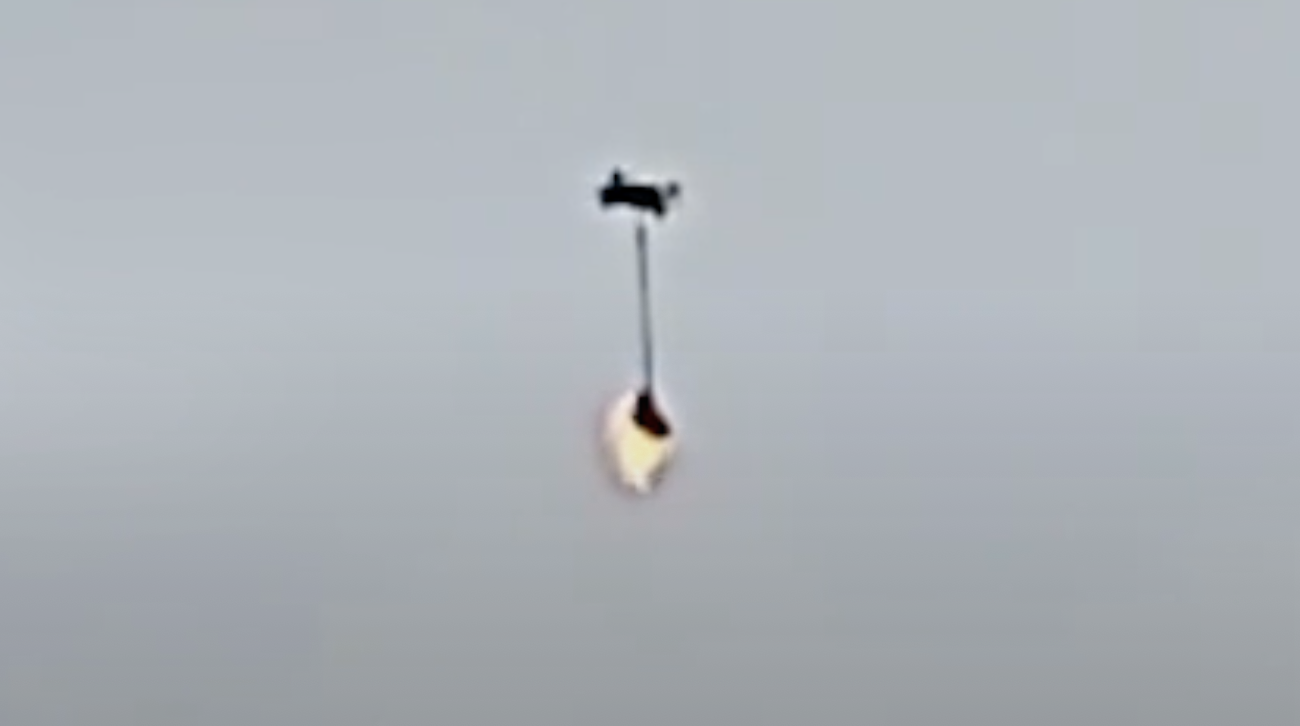The case for CUVAS nets in prisons
CUVAS Nets are a part of the solution for stopping delivery of contraband into prisons. Read on:
Prisons have a unique security profile. They often:
-Are placed in residential areas
-Have security infrastructure that was designed for another age
-Are understaffed with respect to keeping watch at all times
In the opposing ring corner we have organised criminal gangs who are resourceful, have plenty of cash at their disposal, and are at the forefront of technology use by:
-Using encrypted messaging services
-Having access to a plethora of very capable, and increasingly affordable commercial drones
-Equipping drones with 3D printed drop devices
Prison management have long been aware of the challenges faced by the three-dimensional access capabilities of drones in prisons, and the possibilities that this opens for criminal networks in terms of delivering contraband into prisons, such as narcotics, cash, phones, weapons; ultimately guns. This creates a massive black economy inside the prisons, which destabilises the prison structure, and creates very serious personal safety concerns for the staff and prisoners alike.
This in turn leads to prisoners continuing their crimes inside the prison, instead of being reformed; Ultimately extending ‘street’ structures of indebtedness, command & control, and discipline under the threat of violence into the very prison system itself.
So, how can this phenomenon be fought?
It is a difficult task for prison security decision makers. There is often nowhere near enough staff on guard to catch or even spot all drone drops - Prisons are huge structures, and there are many nooks and crannies where drops can be made inconspicuously. Sometimes drone drops are made in prison yards, right before the eyes of one or two guards - But inmates in the yard quickly swarm the drop site only to dissipate again just as quickly, leaving guards clueless as to what was dropped, and who might have picked up the contraband. Understaffing means they cannot interfere and search 15-20 prisoners, lest risking chaos and violence erupting.
What about electronic countermeasures against UAVs (Unmanned Aerial Vehicles)?
Even though military drones are growing more and more sophisticated in terms of withstanding EW (electronic warfare), commercial drones are for the most part vulnerable to such systems. So why aren’t electronic jamming systems used more?
Well, they are being used and can be very effective, and can also play well together with a physical barrier like CUVAS Nets to form a multilayer defence, but they do carry their own set of problems. First, it might not be possible at all to get permission to operate jamming equipment in a civilian settings, since the jamming may also interfere with other critical radio bandwidths for civilian use.
Maintenance can be expensive, licenses can expire and be subject to bureaucratic procedures to renew them.
However, a significant reason to not use EW at all, which is often cited by clients, is that since prisons are often situated in residential areas, the prison service now faces a dilemma: By downing a contraband drone using EW, you now potentially have drones laying around accessible to civilians, children even, that are packed with cash, narcotics, weapons or phones containing dangerous information. This is itself an unacceptable security risk to the public, that leads prisons to abstain from using EW, showing that the ruthlessness of organised crime pays off in certain cases.
Ok, why don’t we use polyester or nylon nets instead?
A drone equipped with a fireball, for burning access hole in prison yard netting
This has indeed been a solution for a while, but it is becoming obsolete in the technical arms race between gangs and authorities. Criminals are now fitting devices to burn perfect circular holes through artificial fiber nets, whereafter they can drop the desired contraband into yards and other locations. We know of locations that have to patch their nets multiple times per week, making the net solution both ineffective, yet expensive and resource draining.
So how does CUVAS nets enter the picture?
CUVAS Nets are very strong flexible stainless steel nets, that are fire and acid proof, and also resistant against kinetic attacks. With a melting point of ~1400°C, drones cannot burn through them. Being impervious to salt, acid, UV light, they have a very long service life of +30 years, even in marine conditions. With a very high resistance against explosions, they are also capable of defending prisons in the future, if gang criminals decide to escalate the situation and involve explosives.
Our engineering teams can tailor make netting projects, taking into account the loads that are placed on buildings, as well as making sure buildings are not damaged in case of excessive snow loads.
So while the overall drone-dropped contraband is a hard nut to crack for correctional facility executives, CUVAS Net becomes a proven and easy choice for your drone prevention strategy.
Contact us to hear more about how CUVAS Nets can help to keep contraband deliveries and black markets under control, and ultimately make prisons a safer place for both staff and prisoners.


